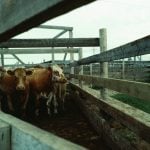
Animal Health
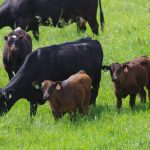
Diagnosing and preventing lump jaw in beef cattle
Prevention is the best course
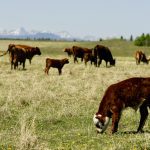
Tick research from the University of Manitoba focuses on insects and testing
Manitoba researchers are looking into the effects of tick and fly disease in cattle
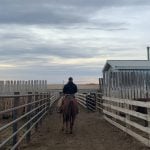
Pen riders still better than tech at detecting respiratory disease in feedlot cattle, says researcher
Recent research found that pen riders are better than tech at flagging signs of BRD in feedlot cattle
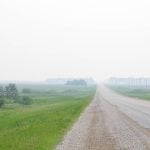
Effect of wildfire smoke on respiratory health in beef cattle
Of all domesticated species, cattle have the smallest relative lung capacity, making them particularly vulnerable to wildfire smoke
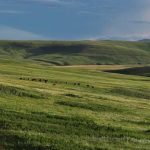
Fog fever, or ‘the grunts,’ spells trouble for beef cattle
Learn what triggers the disease and how to prevent it
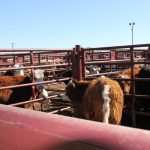
Teamwork and well-designed handling systems part of safely working cattle
Tips to ease stress when handling cattle, from facilities to working with people
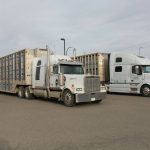
Research shows rest stops of no benefit to feeder calves during long hauls
A recent research trial has confirmed earlier studies showing rest stops offer no health or welfare benefits to beef calves
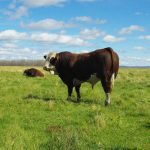
Stifle injuries frequently mark the end for breeding bulls
A veterinarian discusses causes, signs and prognosis of stifle injuries in beef bulls.
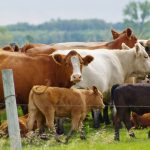
Preventing bovine viral diarrhea in cow herds
Canadian researchers have studied the effectiveness of BVD vaccination in cow herds




